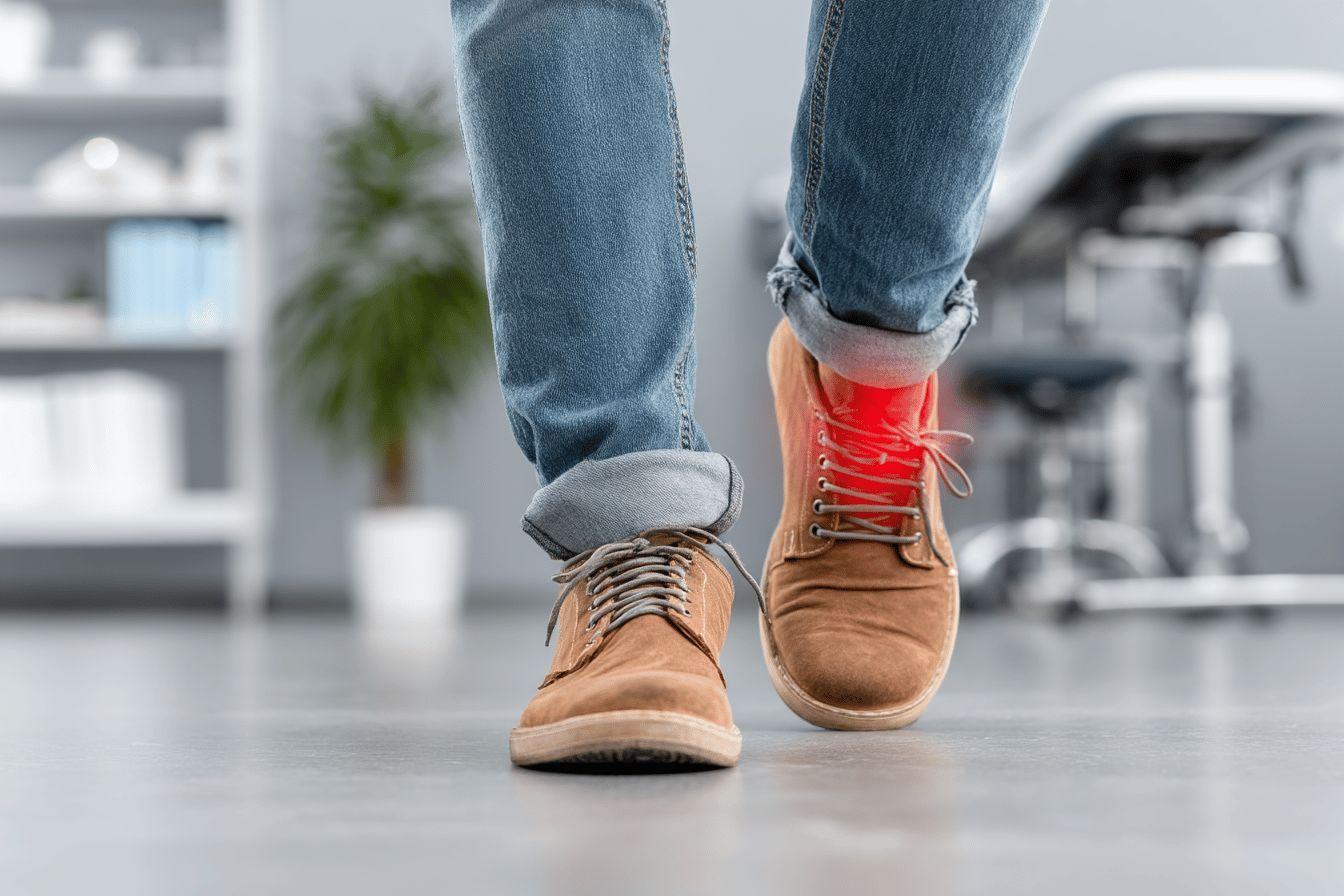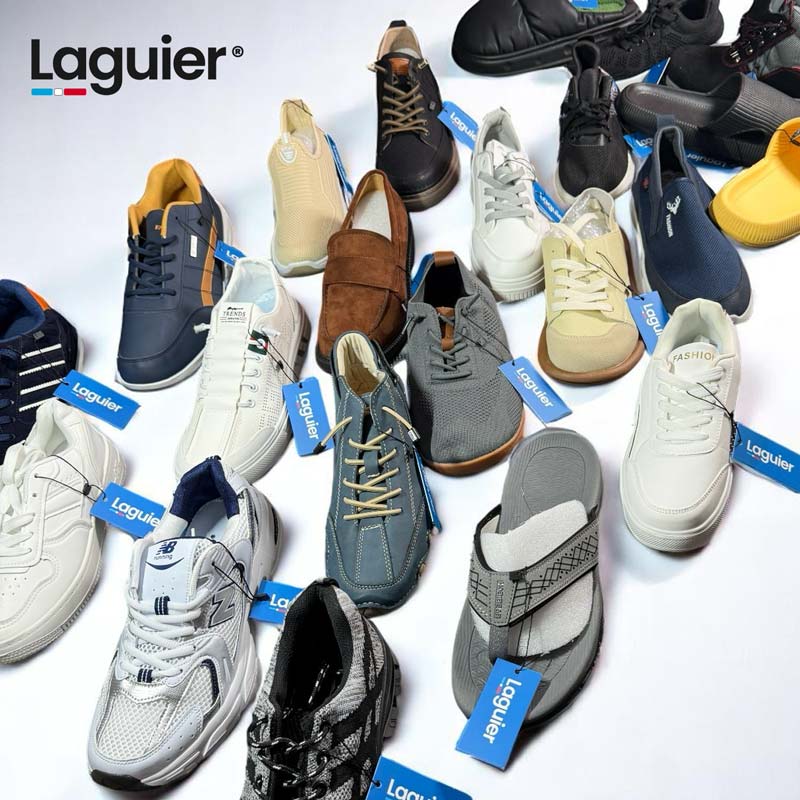Article at a glance
Curing peripheral neuropathy depends on multiple factors and varies depending on the type of nerve condition affecting the extremities.
- Various causes (diabetes, deficiencies, trauma) largely determine the possibilities for recovery.
- Complete reversibility is possible in some cases, particularly for deficiency neuropathies with rapid supplementation.
- Therapeutic approaches combine conventional medications and complementary therapies such as acupuncture.
- Research is advancing on promising avenues including neural growth factors and neurotransmitter Regenerative
Peripheral neuropathy affects millions of people worldwide, causing symptoms ranging from simple tingling to debilitating pain. Faced with this diagnosis, one question often arises: is it possible to completely recover from this nerve condition? Let's examine current medical realities, available treatments, and the prospects for improvement for affected patients.
Understanding Peripheral Neuropathy and Its Mechanisms
Peripheral neuropathy refers to a group of disorders affecting nerves located outside the brain and spinal cord. These nerves provide communication between the central nervous system and the rest of the body, allowing us to sense sensations and control movement.
When these nerves are damaged, various symptoms can appear. Patients often report tingling in the feet, particularly in the left foot, burning sensations, stabbing pain, or loss of sensation in the extremities.
There are many causes of peripheral neuropathy:
- Diabetes (the main cause in developed countries)
- Nutritional deficiencies (particularly B vitamins)
- Physical trauma
- Certain infections (shingles, Lyme disease)
- Chronic alcoholism
- Exposure to Toxins
- Autoimmune Diseases
The ability to heal depends largely on the underlying cause. If the neuropathy results from a nutritional deficiency, supplementation can lead to significant recovery. On the other hand, when nerves have suffered significant damage over a prolonged period, complete reversal becomes less certain.

Cure possibilities according to the type of neuropathy
The outlook for recovery varies considerably depending on the type of neuropathy and its cause. The table below summarizes the recovery potential for different forms of this condition:
| Type of neuropathy | Possibility of recovery | Factors influencing recovery |
|---|---|---|
| Diabetic neuropathy | Partial | Glycemic control, stage of disease |
| Deficiency neuropathy | Good to excellent | Duration of deficiency, rapid supplementation |
| Toxic neuropathy | Variable | Toxin elimination, duration of exposure |
| Traumatic neuropathy | Limited to moderate | Severity of injury, early intervention |
| Autoimmune neuropathy | Variable | Rapidity of diagnosis, response to treatment |
In some cases, nerve damage may be partially reversible. For example, neuropathy caused by chemotherapy drugs may improve after stopping treatment, although recovery can take several months.
Patients suffering from numb toes due to nutritional neuropathy may experience significant improvement after correcting deficiencies. Dr. Norman Latov, a neurologist at Cornell University, states that "recovery is possible in many cases of neuropathy, but it depends on our ability to identify and treat the underlying cause quickly."
Therapeutic Approaches and New Perspectives
Several therapeutic strategies can be considered for peripheral neuropathy. These approaches aim to either treat the underlying cause, relieve symptoms, or promote nerve regeneration.
Conventional drug treatments include tricyclic antidepressants, anticonvulsants, and analgesics. These medications do not cure neuropathy but can significantly reduce associated pain. Pregabalin and gabapentin are among the most commonly prescribed for this type of neuropathic pain.
Complementary approaches are gaining recognition. Acupuncture, practiced for thousands of years in traditional Chinese medicine, is showing promising results for some patients. Similarly, transcutaneous electrical nerve stimulation (TENS) offers temporary relief for people suffering from neuropathic pain.
Current research is exploring several innovative avenues:
- Neural growth factor therapies
- Regenerative medicine using stem cells
- Novel pharmaceutical compounds specifically targeting the mechanisms of neuropathic pain
- Genetic approaches for inherited neuropathies
- Implantable neuromodulation devices
A recent study published in the Journal of Clinical Investigation demonstrated that administering certain growth factors can stimulate the regeneration of damaged nerve fibers in animal models. These discoveries suggest promising therapeutic possibilities for humans in the years to come.
Towards a better life with peripheral neuropathy
While a complete cure is not always possible, improving the quality of life of patients with peripheral neuropathy remains an achievable goal. A multidisciplinary approach involving physicians, physical therapists, and pain specialists often provides the best results.
Appropriate physical exercise plays a crucial role in managing neuropathy. Activities such as swimming, yoga, or moderate walking can improve blood circulation, strengthen muscles, and sometimes reduce the intensity of symptoms. A personalized program, developed with a healthcare professional, is recommended.
Lifestyle modifications are also an important pillar of treatment. A diet rich in antioxidants, B vitamins, and omega-3 fatty acids can support nerve health. Quitting smoking and moderating alcohol consumption are strongly recommended.
For diabetic patients, strict blood sugar control is the best strategy to slow the progression of neuropathy. Studies show that good blood sugar control can not only prevent worsening but sometimes even improve existing symptoms.
Finally, support groups provide a valuable space to share experiences and advice. These communities remind patients that they are not alone in facing this chronic condition and can significantly contribute to their psychological well-being.





Leave a comment
This site is protected by hCaptcha and the hCaptcha Privacy Policy and Terms of Service apply.